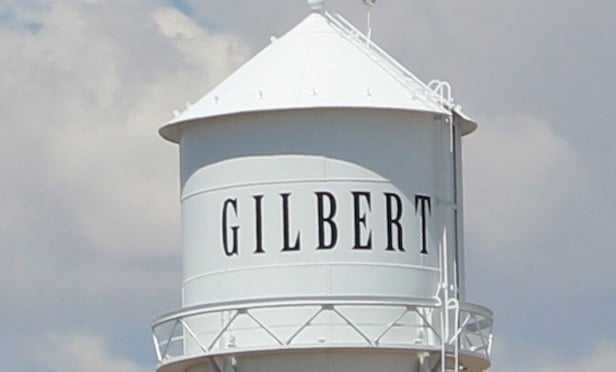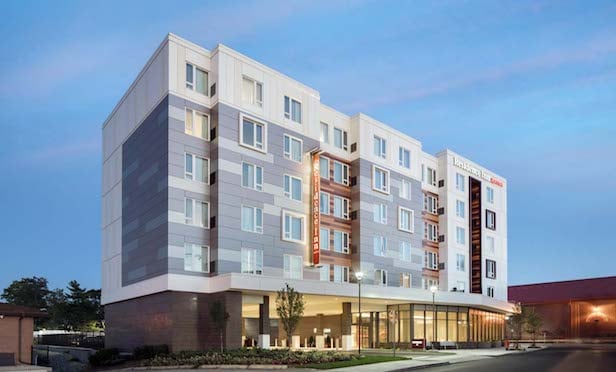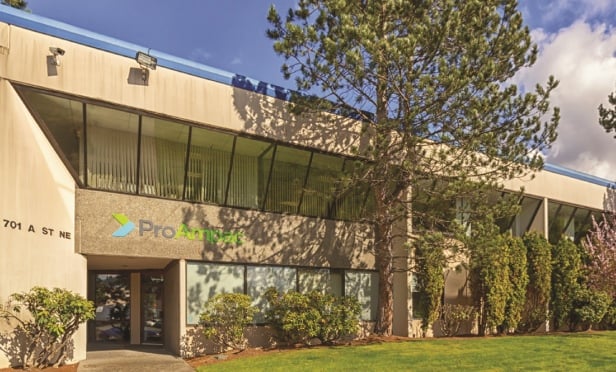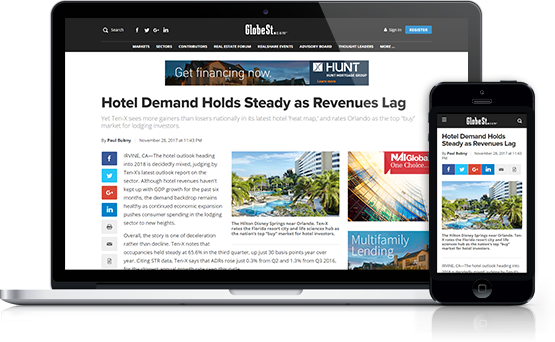The US lodging industry continues to enjoy the benefits of strong economic fundamentals as metrics on spending, global trade, and various manufacturing indices signal that America's economy is poised for further growth. The US labor market continues to generate new jobs and further optimism is evident given the recently passed Tax Cuts and Jobs Act. US demand for leisure and business (transient, group meeting, and convention) travel accommodations has continued to rise with growth in demand outpacing supply through the first quarter of 2018. Demand for transient accommodations in several markets (such as Houston and South Florida) has been enhanced by continued natural disaster-induced demand and strong resort performance driven by in part by closures and devastation still evident in the Caribbean.
The LW Hospitality Advisors (LWHA) Q1 2018 Major U.S. Hotel Sales Survey includes 57 single asset sale transactions over $10 million, none of which are part of a portfolio. These transactions totaled roughly $4.3 billion and included approximately 13,100 hotel rooms with an average sale price per room of $332,000. While the data speaks for itself, I feel it is important to note that the numbers are skewed by inclusion of the $1.3 billion trade ($4.3 million per room) of the Sands Casino Bethlehem, and the $95 million sale ($2.375 per room) of the Soho House Chicago. Net of the two trades (which include substantial revenue from non-rooms related sources) results in total Q1 2018 U.S. transaction volume of roughly $2.9 billion and approximately 12,700 hotel rooms with an average sale price per room of $231,000. By comparison, the LWHA Q1 2017 Major U.S. Hotel Sales Survey identified 54 transactions totaling roughly $3.6 billion including 13,200 hotel rooms with an average sale price per room of nearly $273,000. Eleven major Q1 2018 hotel sales occurred in Florida, followed by 7 in California, and 5 each in Maryland and New York.
Record low interest rates, though climbing recently, have continued to fuel a search for yield that is drawing capital into commercial real estate, particularly hotels, from other asset classes and global investor capital inflow to the U.S. However, there has been a dearth of new product for sale as vigorous debt markets offering stretch pricing and covenant light structures, provide existing sponsors refinancing opportunities and little motivation to transact a change of ownership. As interest rates increase, refinancing options become less attractive and current owners may seek to take advantage of current pricing to recycle assets.
Recommended For You
Want to continue reading?
Become a Free ALM Digital Reader.
Once you are an ALM Digital Member, you’ll receive:
- Breaking commercial real estate news and analysis, on-site and via our newsletters and custom alerts
- Educational webcasts, white papers, and ebooks from industry thought leaders
- Critical coverage of the property casualty insurance and financial advisory markets on our other ALM sites, PropertyCasualty360 and ThinkAdvisor
Already have an account? Sign In Now
*May exclude premium content© 2025 ALM Global, LLC, All Rights Reserved. Request academic re-use from www.copyright.com. All other uses, submit a request to [email protected]. For more information visit Asset & Logo Licensing.








